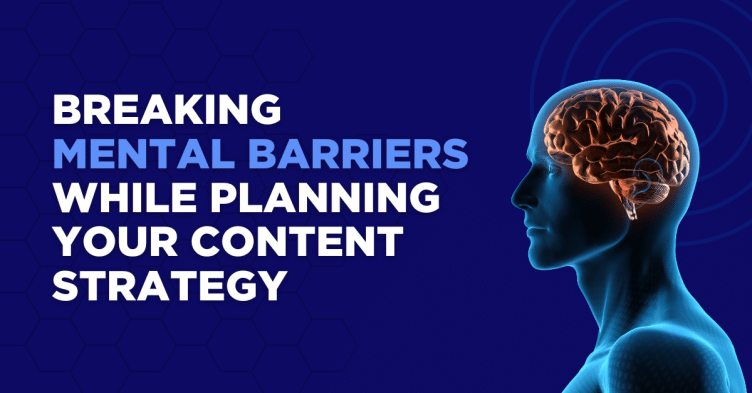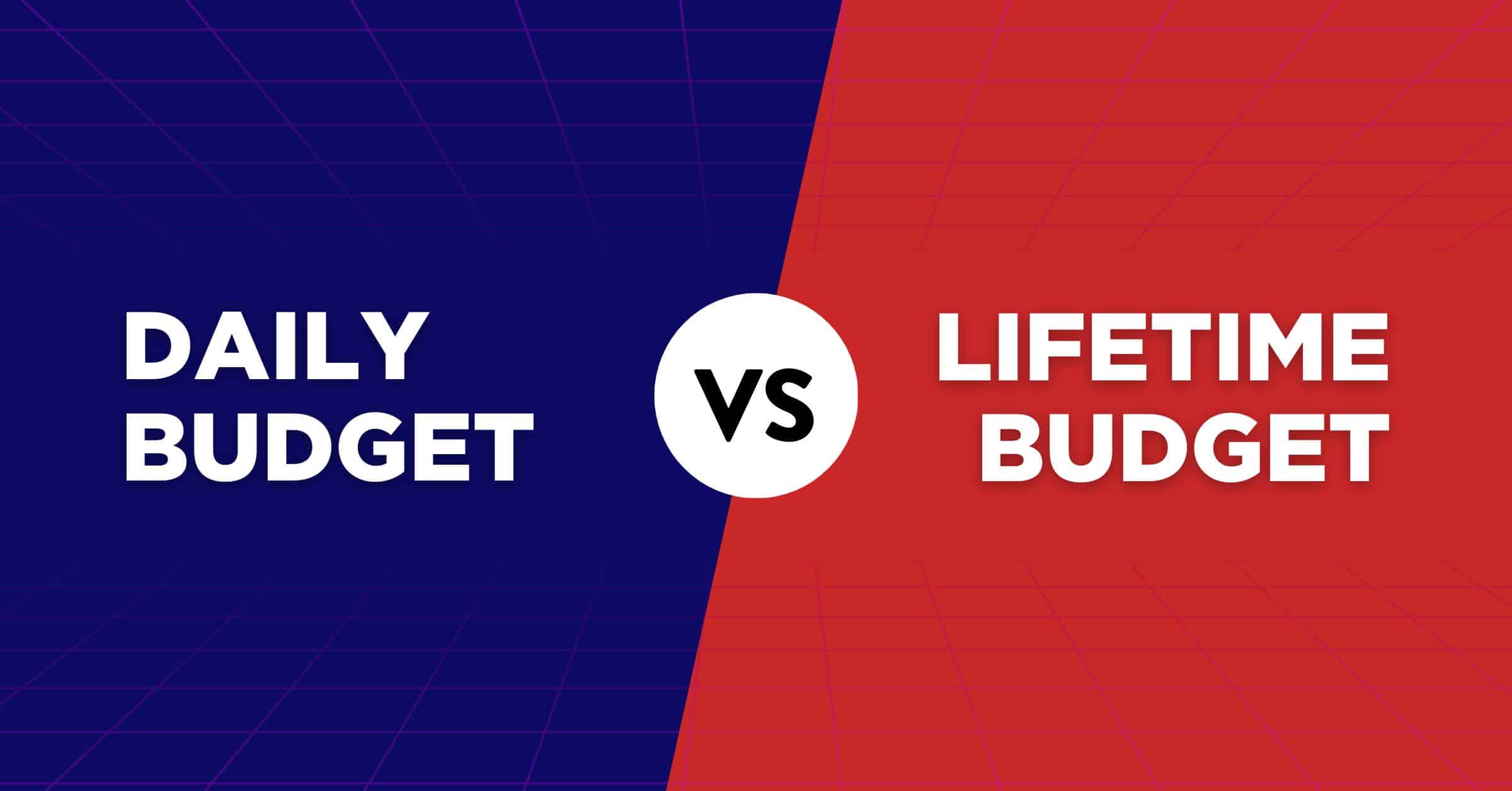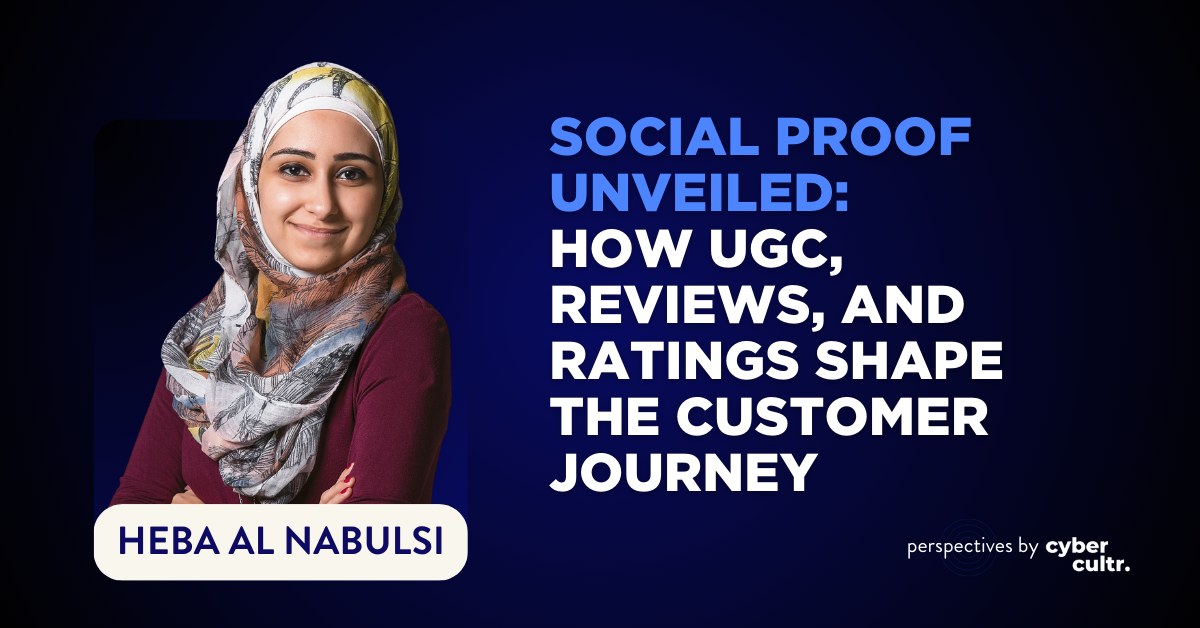When it comes to generating ideas for content, many people find themselves stuck in a mental rut. They might struggle to come up with fresh, unique ideas, or feel overwhelmed by the pressure to produce high-quality content on a consistent basis. This can lead to a feeling of creative block, where it seems like no matter how hard you try, you just can’t seem to break through and generate the ideas you need.
But the good news is that mental barriers in thinking about content are not insurmountable. With a little bit of effort and the right mindset, you can break through these mental blocks and tap into your creative potential.
Here are some tips for breaking mental barriers while planning your content strategy, along with examples:
1) Change your perspective:
One of the biggest mental barriers that people face when it comes to content creation is a limited perspective. We all have our own experiences, biases, and viewpoints that shape how we see the world. These can be powerful forces that influence the way we think and the ideas we come up with. But by expanding your perspective and looking at things from different angles, you can break free from these mental limitations and generate more creative ideas.
For example, if you’re a medical professional writing about a health condition, try writing about it from the perspective of a layperson who knows very little about the topic. This can help you think about the topic in a different way and come up with new ideas that you might not have considered before.
2) Embrace ambiguity:
Many people struggle with creative thinking because they want to have all the answers right away. But in the world of content creation, it’s important to embrace ambiguity and be comfortable with not knowing all the answers. This can help you think more creatively and come up with ideas that are truly original.
An example of embracing ambiguity might be to brainstorm ideas for a new product or service without knowing exactly what it will be or how it will work. By letting go of the need to have all the answers right away, you can allow your mind to wander and come up with more creative and original ideas.
3) Take breaks and relax:
When you’re under pressure to produce content, it can be tempting to push yourself to the limit and work nonstop. But this can actually be counterproductive, as it can lead to mental fatigue and a decreased ability to think creatively. Instead, try taking breaks and relaxing when you’re feeling stuck. This can give your brain a chance to rest and recharge, allowing you to come back to your work with a fresh perspective and renewed energy.
Taking breaks and relaxing can be as simple as taking a walk, listening to music, or doing something you enjoy outside of work. The key is to give your brain a chance to rest and recharge so that you can come back to your work feeling refreshed and ready to tackle new challenges.
4) Get out of your comfort zone:
If you’re finding it hard to come up with new ideas, it might be because you’re stuck in your comfort zone. By stepping out of your comfort zone and trying new things, you can expose yourself to new experiences and perspectives that can inspire new ideas. This could be something as simple as trying a new hobby or taking a trip to a new location. An example of getting out of your comfort zone might be to try a new hobby that you’ve always been interested in but never had the chance to pursue.
This could be anything from rock climbing to painting to playing a musical instrument. By exposing yourself to new experiences, you can open yourself up to new ideas and perspectives that can inspire your content creation.
5) Use prompts and questions:
Sometimes all it takes to break through a mental barrier is a little bit of inspiration. Prompts and questions are a great way to get your creative juices flowing and come up with new ideas. These could be words, phrases, images, or even sounds that spark your imagination and help you think more creatively. There are many different types of prompts and prompts that you can use to stimulate your creativity.
Some examples might include word association exercises, where you come up with as many ideas as you can based on a single word or phrase; image prompts, where you use a specific image to inspire your ideas; or sound prompts, where you listen to a specific piece of music or other sound and use it to spark your creativity.
6) Collaborate with others:
Collaborating with others can be a powerful way to break mental barriers in thinking about content. By working with someone else, you can bounce ideas off each other, challenge each other’s assumptions, and come up with ideas that you might not have come up with on your own.
Collaborating with others can take many forms, from working with a colleague on a content project to seeking feedback and input from a group of peers. By working with others, you can benefit from their unique perspectives and experiences, and come up with ideas that you might not have thought of on your own.
7) Embrace failure:
One of the biggest mental barriers that people face when it comes to content creation is the fear of failure. But the truth is that failure is an essential part of the creative process. By embracing failure and learning from your mistakes, you can grow as a content creator and come up with even better ideas in the future.
An example of embracing failure might be to try a new approach to a content project that you’re not sure will work, and then using any setbacks or challenges as opportunities to learn and improve.
Breaking mental barriers in thinking about content can be a challenge, but it’s a challenge worth tackling. By adopting the right mindset and using the strategies outlined above, you can tap into your creative potential and generate ideas that are truly original and engaging.







